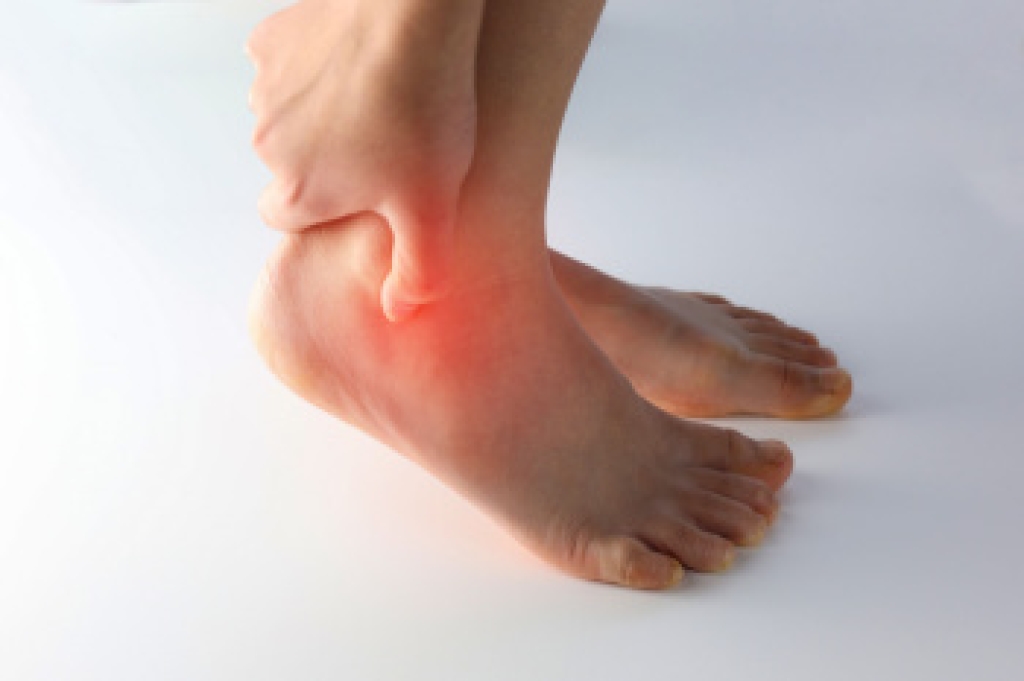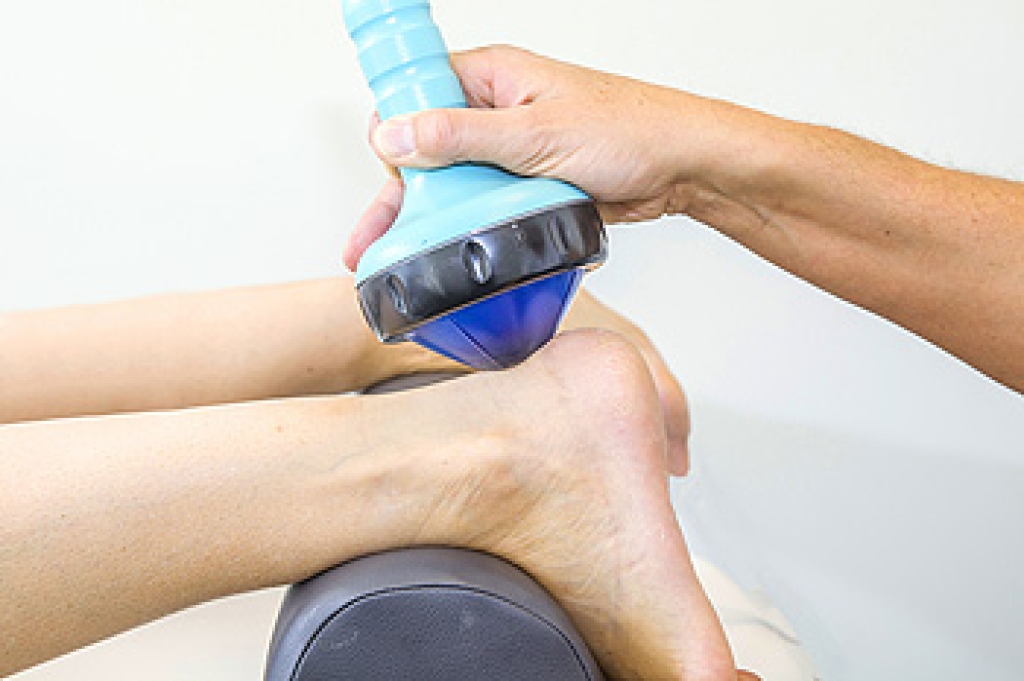
Foot and ankle injuries are frequent concerns for basketball players because quick pivots, sharp stops, and repeated jumping place heavy stress on the lower limbs. Sprains are especially troublesome, often occurring when the foot rolls inward or outward and overstretches the supporting ligaments of the ankle. These basketball injuries can lead to pain, swelling, and difficulty pushing off the ground. Fractures of the foot or ankle can also occur from forceful landings or repeated impact, sometimes affecting bones such as the fifth metatarsal or the talus. Conditions like Achilles tendon strains or ruptures develop when the tendon is pushed beyond its limit during explosive movements. Shoes that lack adequate support or worn-out athletic shoes can increase the risk of injury, as can wearing flip-flops before or after games. A podiatrist can evaluate the injury, order imaging if needed, and provide effective treatment or discuss surgery when necessary. If you have sustained a foot or ankle injury while playing sports, it is suggested that you make an appointment with a podiatrist for a diagnosis and treatment.
Sports related foot and ankle injuries require proper treatment before players can go back to their regular routines. For more information, contact one of our clinicians of The Footcare Centre. Our podiatrists can provide the care you need to keep you pain-free and on your feet.
Sports Related Foot and Ankle Injuries
Foot and ankle injuries are a common occurrence when it comes to athletes of any sport. While many athletes dismiss the initial aches and pains, the truth is that ignoring potential foot and ankle injuries can lead to serious problems. As athletes continue to place pressure and strain the area further, a mild injury can turn into something as serious as a rupture and may lead to a permanent disability. There are many factors that contribute to sports related foot and ankle injuries, which include failure to warm up properly, not providing support or wearing bad footwear. Common injuries and conditions athletes face, including:
- Plantar Fasciitis
- Achilles Tendinitis
- Achilles Tendon Rupture
- Ankle Sprains
Sports related injuries are commonly treated using the RICE method. This includes rest, applying ice to the injured area, compression and elevating the ankle. More serious sprains and injuries may require surgery, which could include arthroscopic and reconstructive surgery. Rehabilitation and therapy may also be required in order to get any recovering athlete to become fully functional again. Any unusual aches and pains an athlete sustains must be evaluated by a licensed, reputable medical professional.
If you have any questions please contact our office located in Weybridge, UK . We offer the newest diagnostic and treatment technologies for all your foot and ankle needs.




